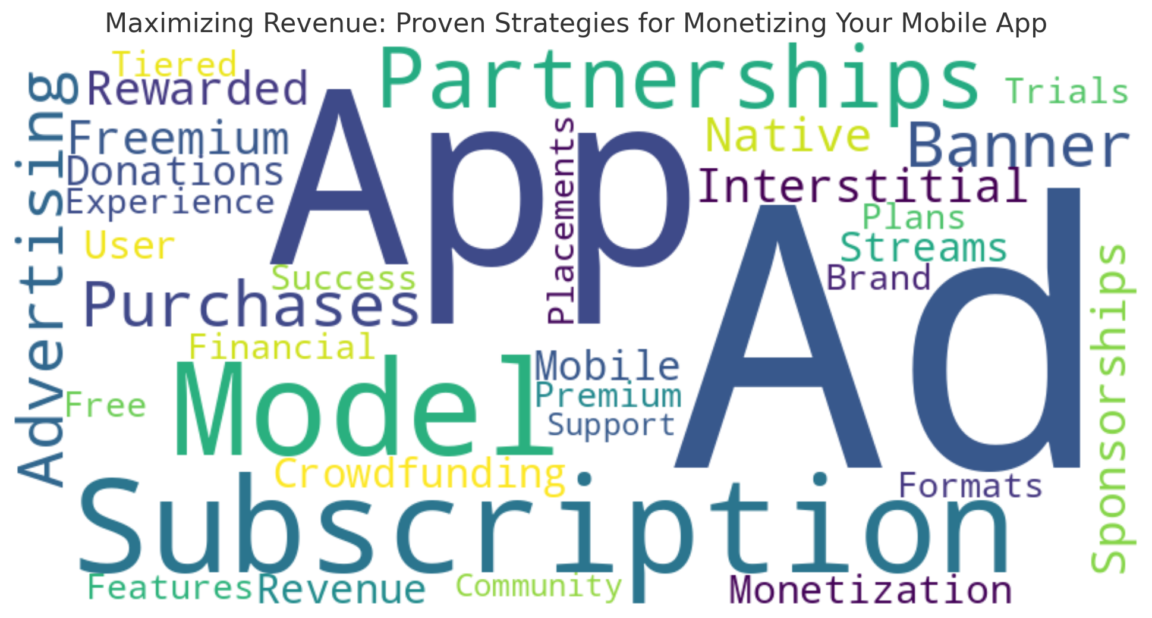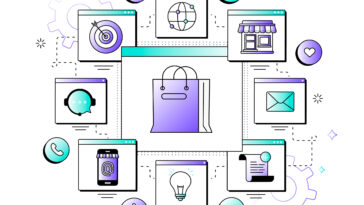

Case Studies: Successful Apps and Their Revenue Models
In the rapidly evolving world of mobile apps, success stories can provide valuable insights into what works and why. By examining the revenue models of successful apps, developers can learn strategies to maximize their own app’s financial potential. In this blog post, we’ll dive into a few case studies of top-performing apps and analyze their revenue models.
1. WhatsApp – Freemium Model Turned Subscription
Initially, WhatsApp adopted a freemium model, offering free messaging services with an annual subscription fee after the first year. This approach allowed users to experience the app’s value without an upfront cost, leading to massive user adoption. After being acquired by Facebook, WhatsApp shifted to a completely free model, focusing on increasing its user base and exploring future monetization strategies like business API services.
- Key Takeaway: Start with a freemium model to build a large user base and consider evolving your revenue strategy as the app grows.
2. Spotify – Subscription Model
Spotify has successfully leveraged the subscription model to become a leader in the music streaming industry. Offering both free (ad-supported) and premium (ad-free, offline listening) plans, Spotify attracts users with its extensive music library and seamless user experience. The premium subscription offers significant value, driving many users to upgrade.
- Key Takeaway: Offer a free tier to attract users, and provide compelling premium features to convert them into paying subscribers.
3. Candy Crush Saga – In-App Purchases
Candy Crush Saga is a prime example of a game that has mastered the in-app purchase (IAP) model. The game is free to play, but it offers various in-app purchases like extra lives, boosters, and level unlocks. This model has proven highly effective, generating substantial revenue from a small percentage of dedicated players.
- Key Takeaway: Use in-app purchases to monetize highly engaged users while keeping the app free to attract a large user base.
4. Duolingo – Freemium with Ads and Subscriptions
Duolingo, a popular language learning app, combines freemium, advertising, and subscription models. The free version includes ads, while the premium version (Duolingo Plus) removes ads and offers additional features like offline access and progress tracking. This hybrid approach allows Duolingo to generate revenue from both free and paying users.
- Key Takeaway: Implement a hybrid revenue model to diversify income streams and cater to different user preferences.
5. Fortnite – In-App Purchases and Battle Pass
Fortnite, developed by Epic Games, uses a combination of in-app purchases and a seasonal battle pass system. Players can purchase in-game currency (V-Bucks) to buy cosmetic items and the battle pass, which offers exclusive rewards. This model creates continuous engagement and recurring revenue.
- Key Takeaway: Offer time-limited content and exclusive rewards to encourage ongoing purchases and player retention.
Conclusion
Analyzing the revenue models of successful apps like WhatsApp, Spotify, Candy Crush Saga, Duolingo, and Fortnite provides valuable lessons for app developers. By understanding and implementing these strategies, you can create a robust revenue model tailored to your app’s unique value proposition and target audience.
For a detailed look at potential earnings and more insights on app monetization, visit How Much Money Can an App Make for You?.
Newsletter
Want more stuff like this?
Get the best celebrity stories straight into your inbox!
More From: IT Technology

Types of Application Software: Examples and Uses






























Comments
0 comments